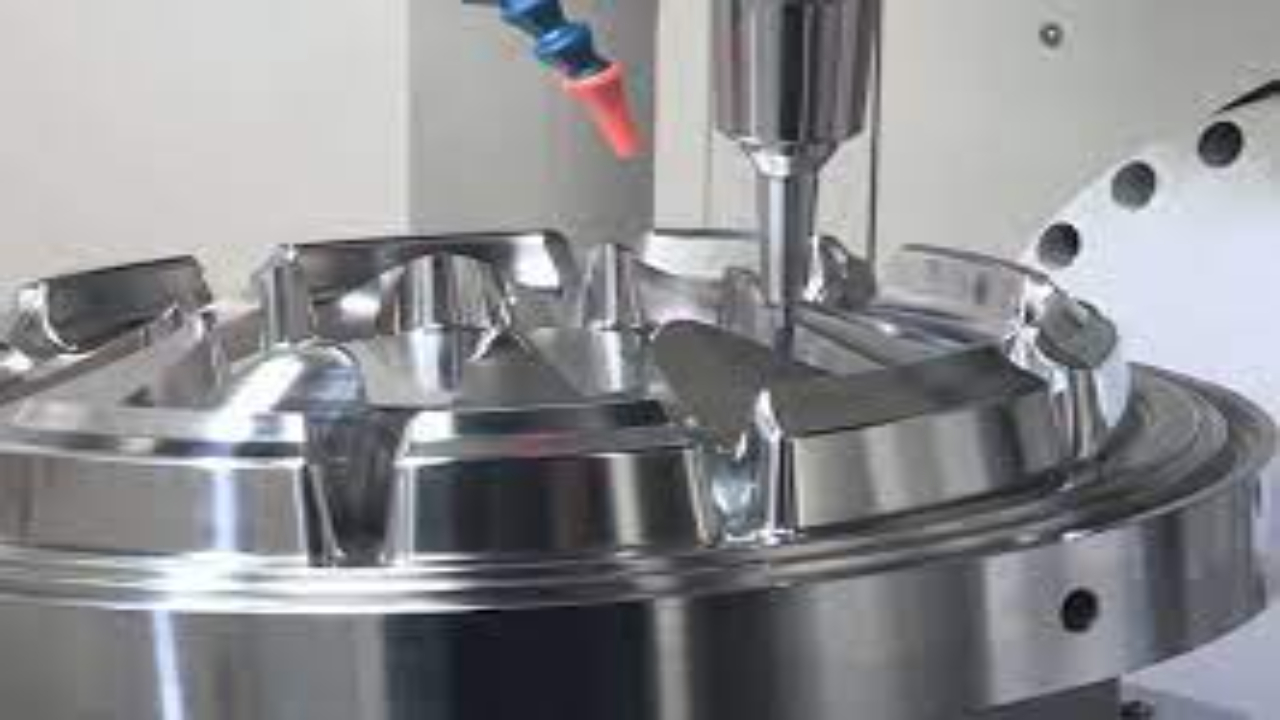If you're in the market for aluminum, you may have heard about two of the most popular alloys - aluminum 5052 and aluminum 6061. These two alloys are very versatile and used across many industries from aerospace to construction.
In this blog post, we'll take a closer look at both aluminum 5052 and aluminum 6061. We'll compare their mechanical properties, chemical compositions, and applications.
Mechanical Properties
Aluminum 5052 is known for its excellent corrosion resistance, making it a great choice for marine and outdoor applications. It also has good formability and weldability. Its tensile strength ranges from 31,000 to 47,000 PSI. Similarly, aluminum 6061 has excellent corrosion resistance, but it's known for its strength. Its tensile strength ranges from 40,000 to 45,000 PSI. It's also known for its machinability, making it great for applications that require drilling, cutting, and other machining methods.
Chemical Compositions
Aluminum 5052 and aluminum 6061 have slightly different chemical compositions. Aluminum 5052 is an alloy of aluminum, magnesium, and chromium. The presence of magnesium in 5052 makes it highly resistant to corrosion. On the other hand, aluminum 6061 is an alloy of aluminum, magnesium, and silicon. As compared to aluminum 5052, the presence of silicon in 6061 improves its mechanical properties, making it stronger and more durable.
Applications
Both aluminum 5052 and aluminum 6061 have a wide range of applications. Aluminum 5052 is commonly used in transportation, marine, and construction industries. It's a popular choice for outdoor furniture and boat parts, thanks to its excellent corrosion resistance. Aluminum 6061 is also used in transportation and marine industries, but it's also used in aerospace applications, thanks to its strength and machinability. It's also popular in the construction industry for its ability to withstand high-pressure environments.
Cost
The cost of aluminum 5052 and aluminum 6061 varies depending on the supplier, quantity, and location. In general, aluminum 6061 is more expensive than aluminum 5052. However, the price difference can be negligible, depending on the intended application and how much of the material you need.
what is best?
When we make a comparison of Aluminum 5052 and Aluminum 6061, it's important to consider their properties and applications.
Based on these factors, the best choice between Aluminum 5052 and Aluminum 6061 depends on the specific requirements of your application. Aluminum 6061 is favored for its machinability and strength, while Aluminum 5052 is preferred for sheet metal and welding applications.
It's always recommended to consult with industry professionals or material experts to determine the most suitable alloy for your specific needs.
Conclusion
While both aluminum 5052 and aluminum 6061 are versatile alloys that have their unique properties, choosing the best alloy for your application comes down to your requirements. If you need excellent corrosion resistance, aluminum 5052 is a great choice. If you need strength and machinability, aluminum 6061 is the ideal alloy. Both alloys are popular in various industries, meaning you can't go wrong with either. Additionally, their cost varies depending on various factors, but you can still get a great deal, depending on your supplier.

